It is not often you meet someone who has voluntarily given up on having three Michelin stars, even if recently we have seen a handful of great chefs do it, or claim they did it. But even in this case Alain Senderens was a precursor. He “handed in” his three stars in 2005, after 28 years.
Before that he had been a pioneer in many ways, since he began in the kitchen in 1957: classic cuisine, nouvelle cuisine, wine and food cuisine, japanofile cuisine, and most recently democratic haut-cuisine. There are many reasons for anyone to listen to what he has to say.
We met over lunch in his restaurant, called simply Alain Senderens, on the Place de la Madeleine in Paris.
This is an extended version of the article “Alain Senderens, In Memory Of One Of France’s Greatest Chefs In History” published on Forbes.com.
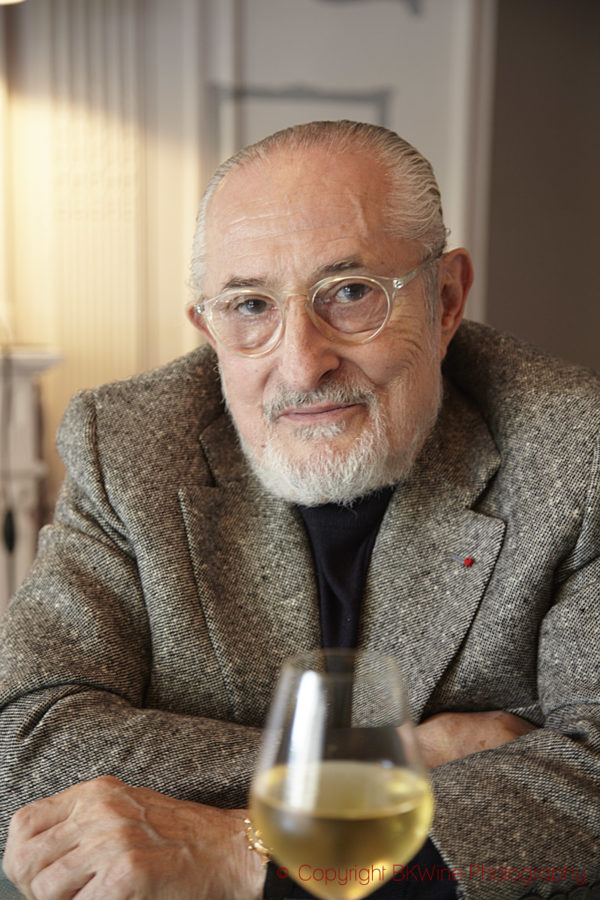
Editors note:
We publish this article, originally written in 2011, in memoriam of one of the greatest chefs of all times, Alain Senderens, who left us on June 25, 2017. He was in many ways a pioneer, not least when it comes to matching food with wine, and he had become a legend long before he finished his active life as a restaurateur.
We will also soon publish a video interview with Alain Senderens from the same occasion. Come back!
The article and the photography was originally commissioned and (illicitly) published – in a differently edited form – by the UK professional magazine Chef Magazine, published by Peter Marshall. However, similar to what other writers and suppliers experienced, Chef Magazine never paid for the feature and has no right to text or picture. You can read more on this sad story and about Chef Magazine, about Peter Marshal and here.
The interview took place over a lunch at Alain Senderens’ restaurant, as you can tell from the pictures below.
–
The Restaurant Alain Senderens on Place de la Madeleine in Paris still exists but has now returned to its old name, Lucas Carton.
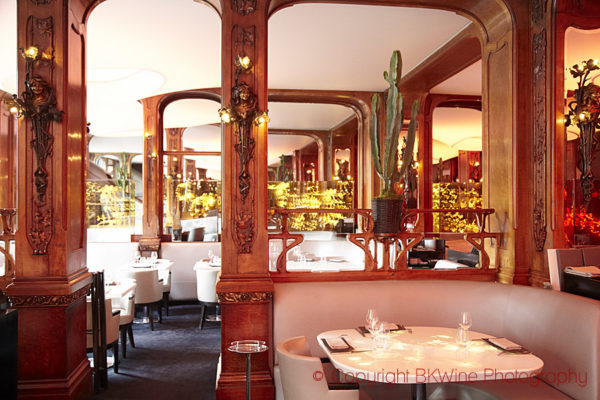
History and chronology
So how did it all begin? “It was a natural choice for me”, explains Senderens, although his family was not a restaurant family.
“My grandmother cooked a lot at home. Every time when I came home from boarding school I was in the kitchen and I cooked with her all the time. And we had a big library with cook books. Since I don’t sleep much I spent the nights reading about food and cooking. But I started late to work in the kitchen. I had finished college and had spent one year in Italy, where I worked in a restaurant in the dining room. When I came back I started as an apprentice in the kitchen in the Hotel Ambassadeurs in Lourdes. I was 18 and all the other apprentices in the kitchen were much younger and had already worked a year or two in the restaurant. At that time you started working in the kitchen when you were 14.”
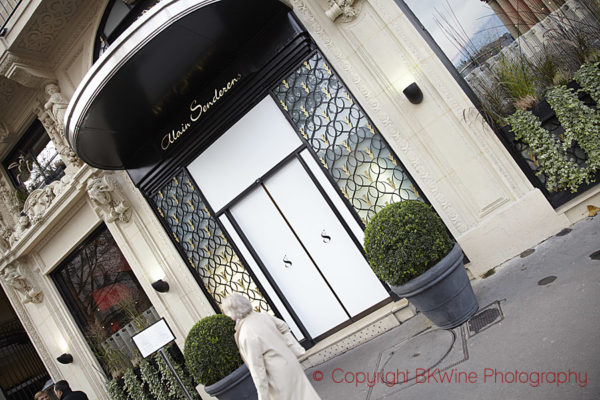
“After the apprenticeship I had to do my military service – in Algeria.
“When I came back from Algeria I started to work at the Tour d’Argent, I had some good letters of recommendation, as seventh commis for the spinach, at the bottom. It was terribly hard work but it was a good place.
“After that, thanks to a chance encounter, I started to work at Lucas Carton. I became chef saucier. The owner had a wife that had cancer so he was not able to be there all the time so at some occasions I worked as stand-in chef. It was very interesting and I learned a lot, especially in winter when there was all the game on top of the usual menu. I think that is where I really learned my craft.
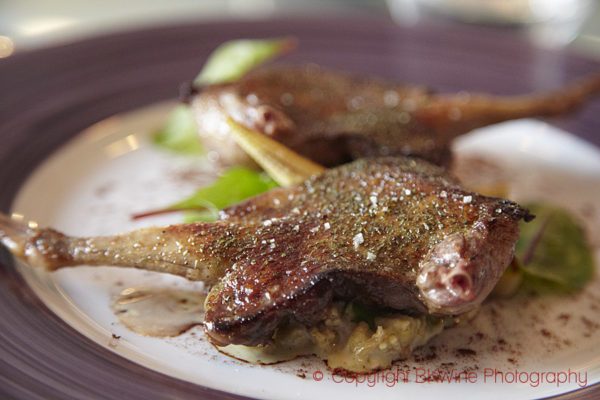
“After my period at Lucas Carton I started to work for Hilton. It was a way to earn a bit more money. Hilton had just opened in Paris and they paid well. First, I was at Orly and then I moved to Hilton Tour Eiffel. I was sous-chef and earned good money.
“When at the Hilton I was reading ‘The History of Civilisation’ in 24 volumes. Archestrate was a person I found in the Greco-Roman period. The name appealed to me so I did some research on him. The Romans had something called le garoum, which was a kind of strong flavouring made from fish intestines. Archestrate said that they had to stop using it because it killed the flavours of the ingredients. I was fascinated by that. I decided that when I opened a restaurant I would use that name.
In 1968, after a few years at the Hilton Alain Senderens opens his first own restaurant, L’Archestrate.
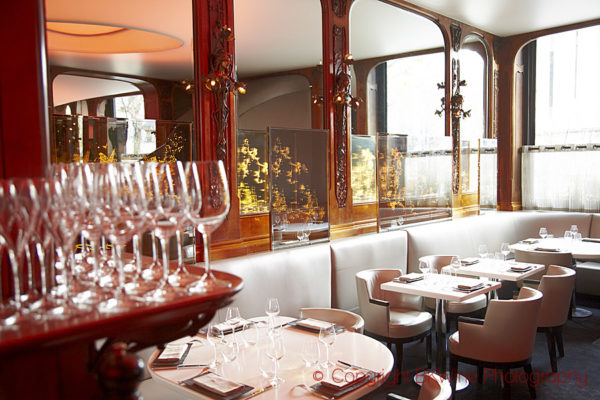
“It wasn’t a difficult decision to launch the Archestrate, I never really hesitated, it was what I wanted, it was really necessary for me. At that time restaurants worked differently, you did not have the right to create new dishes. It was all according to Escoffier. You were supposed to reproduce what Escoffier had done. I could make those things but I could not work like that.
Alain Senderens runs L’Archestrate for almost twenty years. He rapidly gains a first Michelin star and after ten years he has three stars, or macarons, that he will keep for 28 years, until 2005.
In 1985 he leaves the Archestrate to take over Lucas Carton, transforming it into one of the most respected restaurants in France.
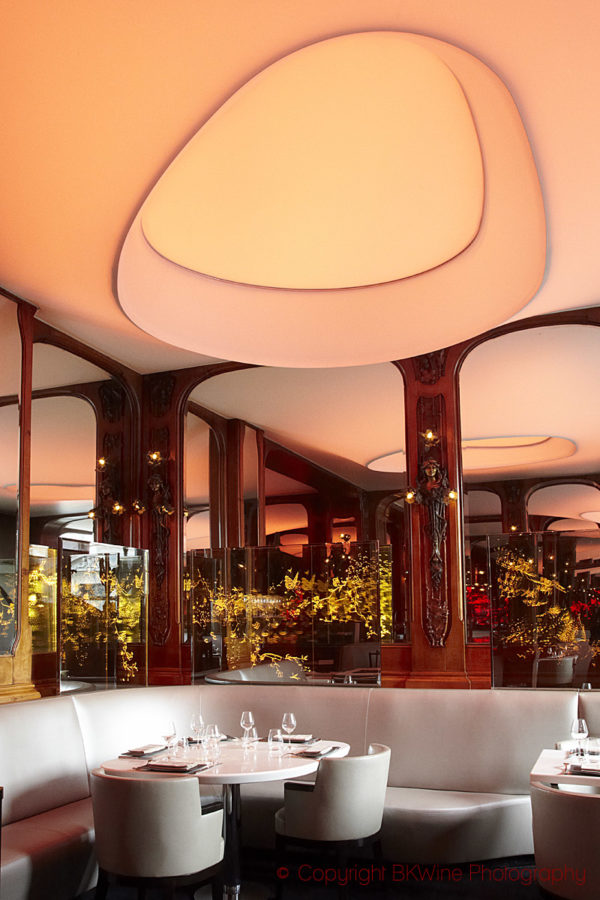
In 2005 he makes a dramatic change in how he operates his restaurant, a change that at the time was much debated in the gastronomic press. He peels off much of the luxury layers that were obligatory in a three star restaurant.
How, and why, did that “revolution” happen?
“Ah, it is the best thing I ever did! Three stars is very nice. I fought all my life to have them and I kept them for 28 years. And then, one day, I walk out from the kitchen to la caisse and I suddenly look at what we do in a different way. It was winter, we had truffles, game. We had famous wines…
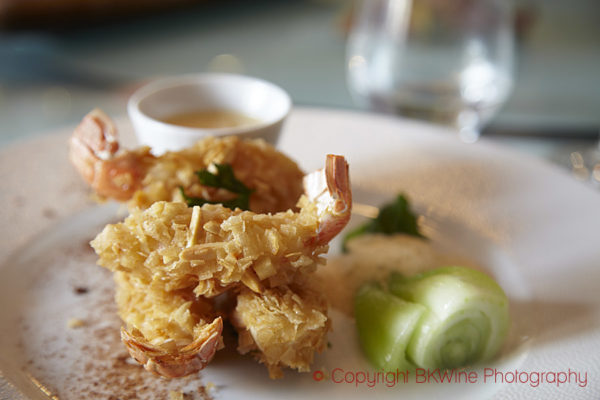
“The average bill was 400 euros, and that was more than five years ago! I thought ‘this is crazy; nothing is worth so much money! What if a crisis happens?’ At the time we had 80% or even 90% of foreigners as guests in the restaurant, so if there were a problem it would be a catastrophe. We had silverware, crystal glasses… Things break, you have to replace it. More than half of the costs were things that did not go into what was on the plate, but instead on all that was around it.
“I said to myself ‘this is impossible; I will make things less elaborate and luxurious, but I will keep the quality of what is on the plate’. I called all my suppliers and told them that I would change my way of working. I told them that now I had to be careful with the prices that I pay my suppliers and asked if they would come with me or not. 70% of my suppliers followed me on the project. And the others started calling me when the crisis arrived.
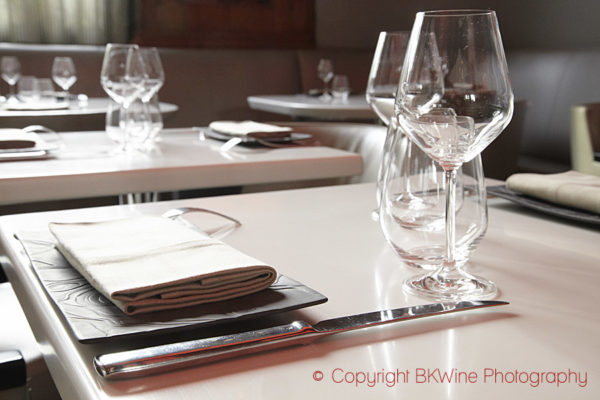
Sources of inspiration and influences
Alain Senderens is reluctant to pinpoint any specific persons as sources of inspiration. His most important sources of inspiration, he says, come simply from the tastes and flavours of the wines and the food.
But there is one person that Senderens comes back to several times in our conversation and interestingly it is not a person on the kitchen side. It is Jacques Puisais, who is really a wine person who has written books and done much research on how wine works with food. Senderens met him on a trip to the Loire Valley and became fascinated by what Puisais talked about. They soon became friends.
“Jacques Puisais became in a way my philosophical father when it comes to wine and food matching. He came up to my restaurant, L’Archestrate at the time, several times. At one occasion he said to me, a bit embarrassed, ‘you know, your food is excellent but the wines you serve with them don’t go very well’. So I asked Jacques ‘what do you want to drink then?’ But Jacques said that he didn’t know. That’s when Jacques and I started to work together to find the best food and wine matches.”
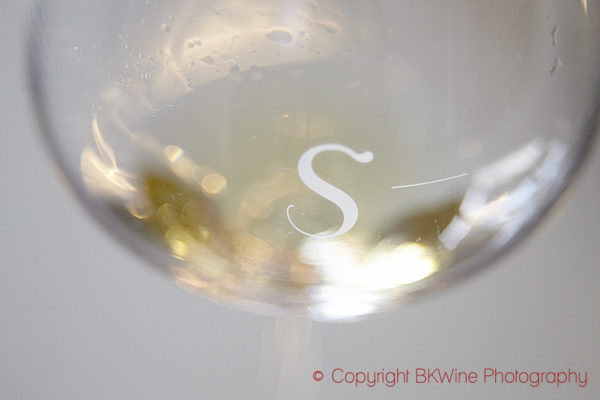
One other thing has also particularly marked the development of his career and thinking: his first period at Lucas Carton, when he was a young employee in the kitchen.
“I think it was at Lucas Carton that I learned la rigeur, discipline and attention to detail. It was perhaps easier for me to learn than for some others. I think I had it in me. You know, there are only two ways to work: the good way and the bad way. And the good way does not take any more time than the bad way.
“Let me give you an example, just a small thing but something that marked me. You know le pass, where you pass the plates from the kitchen to la salle; at Lucas Carton they put a clean table cloth there. If at the end of service it was dirty, with stains on it, we were all punished. So the same table cloth could be used for a week. We were all very careful, looking after each detail, cleaning even the underside of the plates. There were no errors; you didn’t have the right to make mistakes. Today, if you do the same thing in a restaurant… I miss a bit this time even if it was very hard. Things worked.
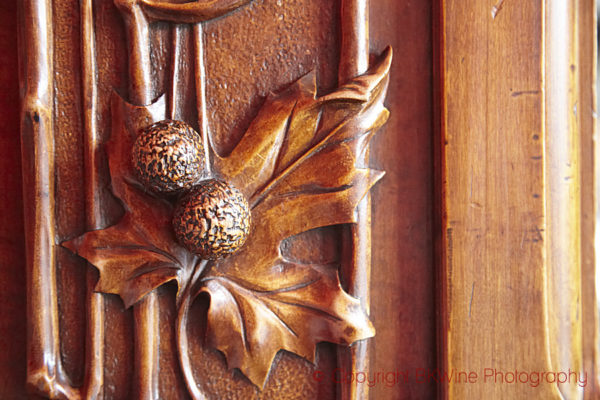
One other source of inspiration for Senderens has been Japanese cuisine.
“In 1976 I went to Japan for the first time. I brought back all sorts of products: soya, ravioli sheets, pasta, vermicelli etc. Now all of that is common. At the time the restaurant critics said I was too Japan influenced in my cooking. Today almost every restaurant fetches inspiration from Japan.
“There is a sort of dépouillement, simplicity, that I like very much in Japanese cuisine. They have raw material of very high quality. They are really artists. I am a bit attracted by Buddhism myself and when I see this order, this simplicity… To manage to achieve that is a lot of work, a lot of effort in your head. It is like a calligraphist who makes a wonderful thing with just one stroke of a brush – the immense work that such a simple thing represents!
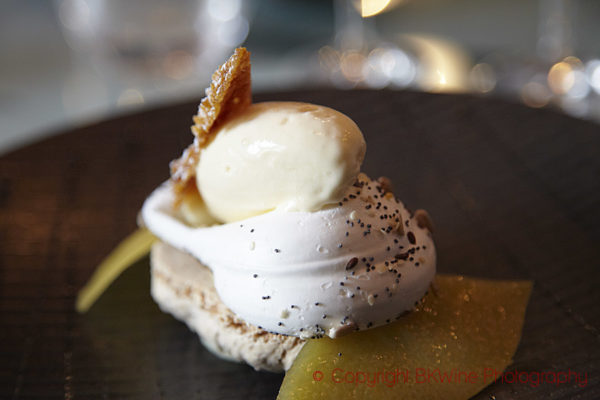
Food and wine
“Matching food and wine is a bit my speciality“, says Alain Senderens. If anything, that is a serious understatement. Senderens, together with Jacques Puisais, has probably done more than anyone else to refine the food and wine matching in today’s cuisine and open it to more free inspiration – and serious consideration.
“The food and the wine are a bit like – my wife don’t like that I say like this… – it’s like a man and a woman. They are either quarrelling or they are happy together. Sometimes it is like they are walking along a river, a romantic promenade, but that’s all. They never make love. What I try and achieve with my food is the perfect match between food and wine, not just the pleasant walk along the river.
“I look for harmony, just like in a painting. In a painting, the main colour is of no interest in itself. It is the complimentary colours that make the painting vibrate, together with the main colour. On the table, a piece of fish or a piece of meat, the principal element, it lives because of what is around it. That’s how you create a dish!
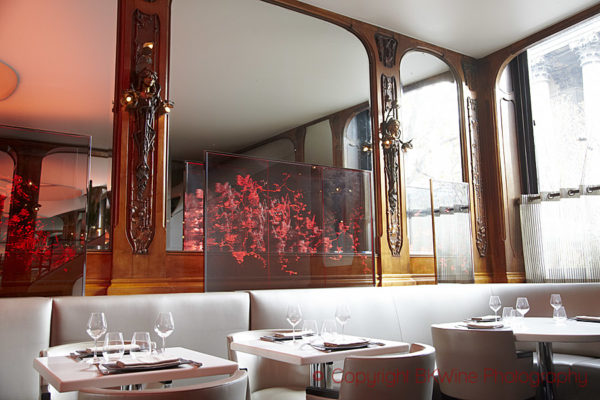
“But then I add one more element: the wine! Before I discovered wine I made dishes that were perhaps excellent, but that could not be matched with any wine, so in the end they were not interesting.
One example is cheese and wine. Alain Senderens was perhaps one of the first, if not the first, to understand that with many cheeses a white wine is a much better match than a red wine, something that has become widely understood today.
“A long time ago, I think it was 30 years ago, I put on my menu a cheese dish with three different cheeses and three wines, one wine with each cheese. The gastronomic journalists thought I was crazy. You had to have red wine with cheese. There was one who journalist wrote an article that was particularly bad, so I talked to my lawyer. He explained that I had the right to get a reply published in the magazine. I wrote just one thing: ‘To each, his own bad taste’. Today, drinking a white wine with cheese is normal.
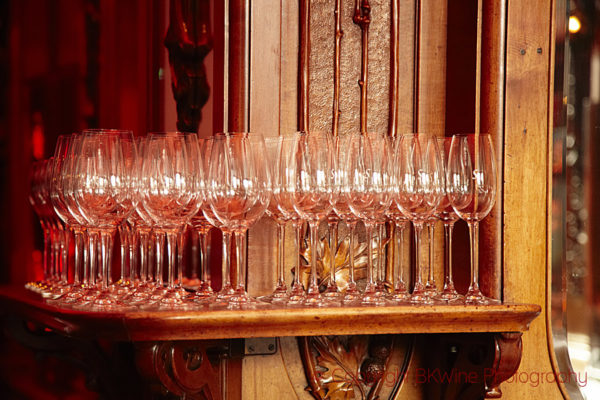
“Early on I knew I didn’t know much about wine to, so I started taking courses in Bordeaux and in Dijon. And when I started to get a bit more confident with wine I started to do some more experiments. So when I arrived back at Lucas Carton in 1985 I created a prix-fix menu where each dish was accompanied by a specific wine. In that menu I put Haut-Brion, Yquem and wines like that; by the glass. Three quarter of our guest choose that menu with wines by the glass. But it wasn’t very profitable, that prix-fix menu.
“So I decided to make my whole menu, la carte, like that, with a suggested wine, by the glass, for each dish. Everyone was against me, my wife, the sommelier everyone. It won’t work they said. But I told them to give me two months, to see how it worked. I started to call all my suppliers, everyone and the wine producers, so that they would give me reasonable prices. Already the first month 65% of the guests took the suggested wine with each dish. Then there were a few articles in magazines and 85% of the guests choose the suggestion. It turned into a great success and it has become my speciality. That was in 1985 and it was all a result of my discussions with Jacques Puisais.
“A food and wine match is not only a question of aromas. It is also very much the texture or the structure of the wine and the food. The good matches are very tactile, in the mouth. One always comes back to these damn tannins in the red wines! When I say ‘damned tannins’ it is an image. One type of tannins will need a specific sort of meat, another type of tannins something else. If the wine is too tannic it won’t work with veal for example. But the tannins are central to red wines. It is the tannins that are the backbone of the red wine; just like it is the acidity that is the backbone of white wines.
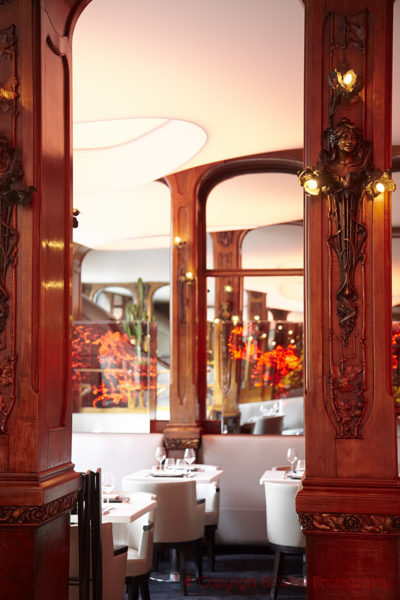
Is the restaurant-goer different today than before?
Alain Senderens have seen a lot of changes in the kitchen and also in the type food in the restaurants, many changes and new ideas initiated and driven by himself. But what about the customer? Is the customer different today?
“Yes it is very different now, especially after the change of style in 2005 in my restaurant. We have more and more young people, partially because of the prices, that are now more affordable. We also have an atmosphere that is more cool rather than high-brow, that is perhaps also an age question. And then people talk more now. When for example the sommelier comes, they ask questions and he explains about vintage, winemaking etc. People don’t talk only about the recipes and the food now. They are more cool more comfortable to talk about the wines. Previously, people never, or almost never, talked about the wine. And overall, people are more gastronomic!
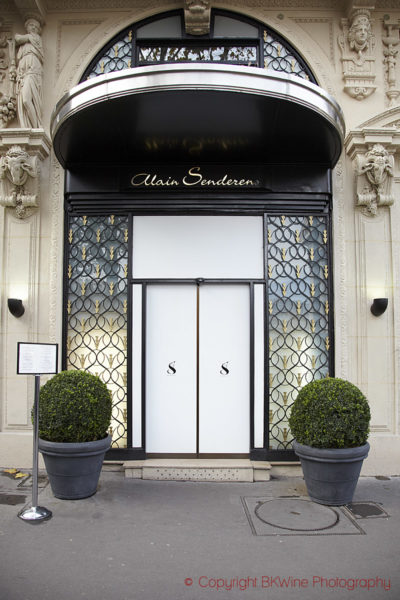
And the next generation?
With the years of experience that Alain Senderens has, what advice does he have for young chefs, keen to succeed in the business?
“There is only one rule, I think. It is la rigeur, discipline and attention to detail. You can not make compromises, and that is not only true for restaurants. When you have a job to do, and you are paid to do it, then the least you can do is show respect for the customer, in all areas.
“If I compare it to a painter, if I buy a painting, the painter knows what he is doing. I am not going to tell the painter, please put a little more blue here or there. I buy the painting as it is, I like it or I don’t like it. What I mean is that in a restaurant it is the same thing, perhaps there should not even be salt and pepper on the table. We, as restaurateurs, don’t have the right to err; we should so to speak be perfect. There should be no mistakes. And that is what I call la rigeur.
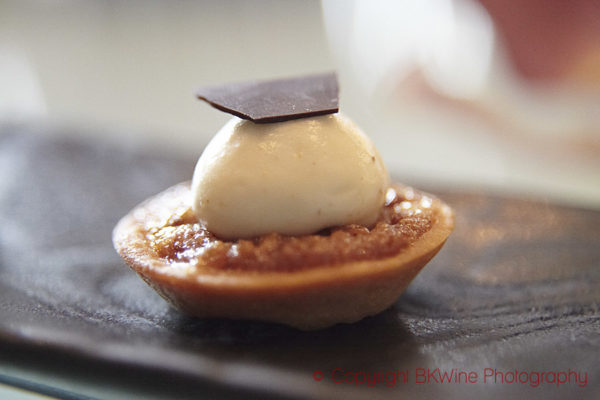
“I would like that the young have la rigeur. Some have it, and you can see it immediately, they finish the things better, they are not afraid of staying five more minutes. They love their work. If there is passion, then one has not the impression of working. If there is no passion one has ‘a job to do’ and ‘job’ is almost a negative word. Having passion is to transform work into something else.
“There is no other solution than that for those who are young, in any line of work not only in restaurants. If you want to succeed you need that. Otherwise you will just earn minimum wages and do a job.
These days Senderens does not have that many projects that he is involved with, even though it is hard to believe his claim that he is in half retirement. Nowadays he has chosen to only get involved in bigger, more significant projects.
For example, he runs the restaurant in a new hotel in Paris called Mama Shelter in the 20th arrondissement which also involves the designer Philippe Stark and the Trigano family.
“At the start they asked us to do 100-150 seatings every day. Today we do 400 or 500. If it goes well we will open in Bordeaux, Marseilles, Istanbul, Lyon, in the USA…
“Soon I will also open another new place, a new concept together with a friend of mine. We will open in New York and see how it goes. But I don’t want to talk about it yet… It will open soon. If it works well we will make a chain of it.
Semi-retirement? Hardly.
Per Karlsson, BKWine, interview done in December 2011
One of the signature dishes at the restaurant was the “canard apicius“. Alain Senderens and his head chef Jérôme Banctel shared their recipe with me when I was there. We give it to you here: Canard Apicius 2010, by Alain Senderens and Jérôme Banctel.
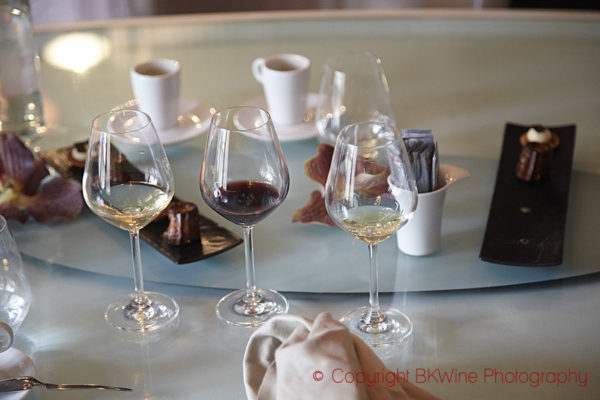
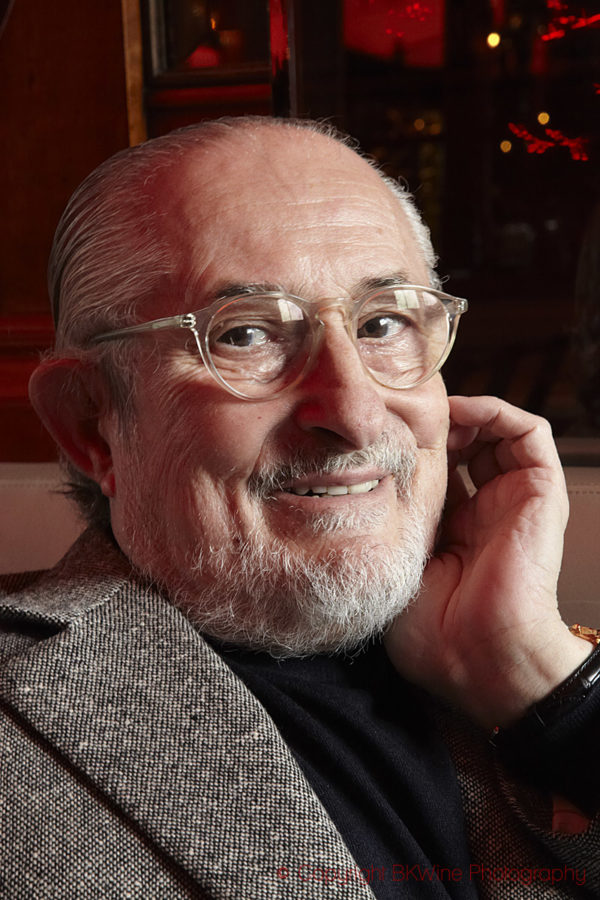


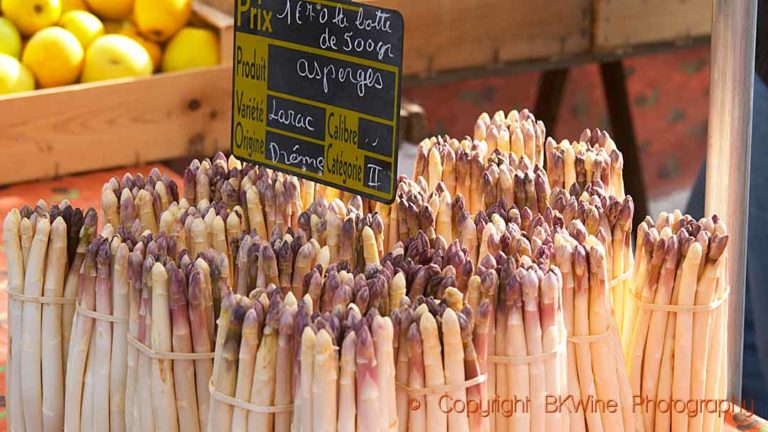
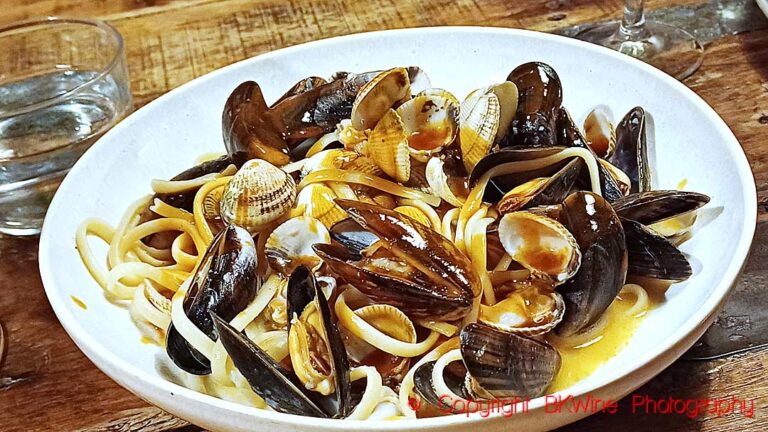
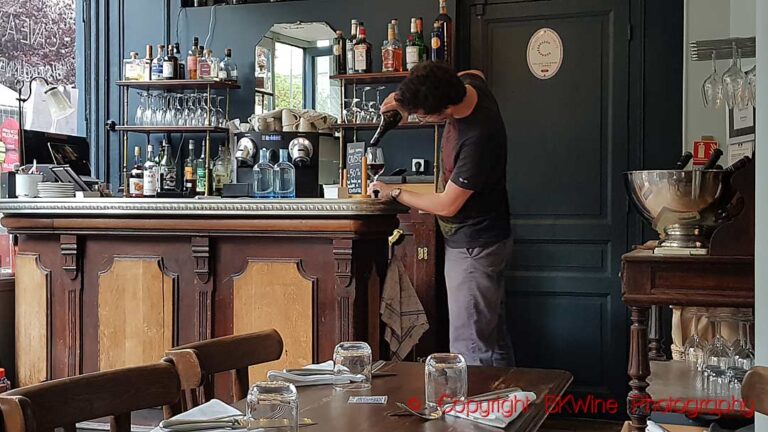





2 Responses